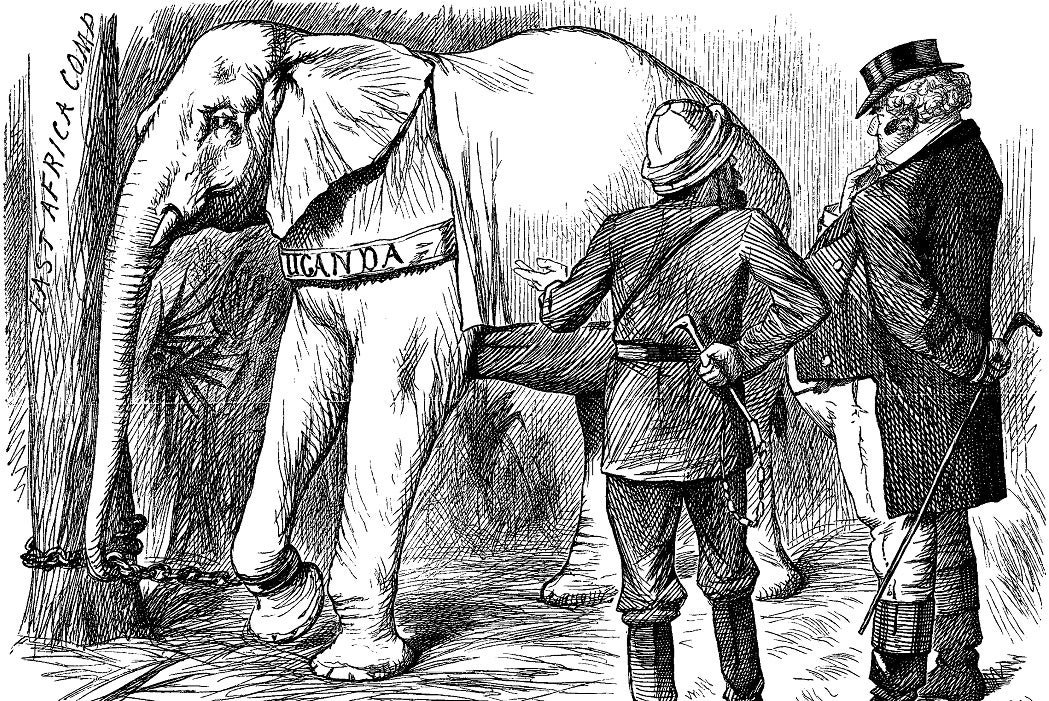Barnum & Bailey’s announcement that they will phase out elephants from their traveling shows by 2018 was big news. The circus, in its various incarnations, has been profiting off the large animals for well over a century. Sarah Amato examines one particular case of an elephant given the name Toung Taloung, who was promoted by Phineas T. Barnum as a “white” elephant from exotic Burma and Siam in 1884, and finds a fascinating “episode of trickery, racism, and advertising.”
Housed in the London Zoological Gardens at the beginning of 1884 before his display in New York with the Barnum, Bailey & Hutchison Circus, Toung Taloung wasn’t all that “white.” And as Amato details, this became the focus of debates about the meaning of whiteness, and race, racial purity, racial hygiene, and white privilege: “The body of the elephant visually represented colonial ideologies and racial doctrines to the British public.”
Using the animal’s notoriety, the Pears’ soap company used Toung Taloung in its 1884 advertising: soap was “the real secret of the white elephant.” In that same year, Pears’ produced an ad in which a black child was whitened foot-to-neck by a white child using the soap, “for improving & preserving the complexion.” This ad came out as the European powers were dividing up Africa at the Berlin Conference. European soap manufacturers were invested in getting palm oil from the resulting colonial possessions.
“Barnum’s shows were famous for promoting and exploiting racial differences,” Amato writes, while noting how such entertainments were popular reflections of the scientific discourse on race. The science, and a misreading of Darwin, were very much reflections of European and American notions that they made up the ruling race. Brought to post-reconstruction America, Toung Taloung joined the discourse here.
Amato includes a long quote from a New York Times editorial speculating on Barnum’s bleaching process, and how it could be used to make “ex-colored men,” so that “the negro question will vanish from our politics, never to reappear.” One of Barnum’s American competitors killed an elephant by repeated applications of white paint.
The phrase “white elephant,” meaning something excessive that turns out to be valueless, stems from Toung Taloung’s sojourn far from home. As Amato reveals, the phrase has disturbing echoes.







